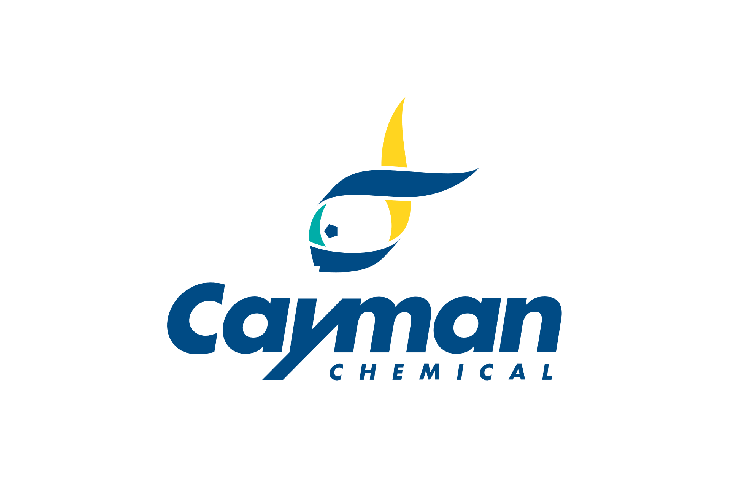Product description
TIM-3 is a member of the T-cell immunoglobulin and mucin-domain containing (TIM) protein family of immunoregulatory proteins and is encoded by the HAVCR2 gene in humans.{55230} It is a transmembrane protein composed of an N-terminal immunoglobulin variable (IgV) domain, as well as mucin stalk, transmembrane, and C-terminal cytoplasmic tail domains. The IgV domain contains cysteine residues that form non-canonical intramolecular disulfide bonds resulting in a cleft and channel not found in non-TIM immunoglobulin domains that is important for non-canonical ligand binding.{52538} TIM-3 is expressed primarily on T cells but is also expressed on other immune cells such as natural killer and dendritic cells.{52539} The TIM-3 ligand galectin 9 (Item No. 32012), located on immune or tumor cells, binds to glycosylated sites of the IgV and mucin stalk domains and induces TIM-3 oligomerization to activate downstream signaling that impairs immune synapse formation and leads to T cell anergy or apoptosis.{55230} The TIM-3 IgV cleft domain binds non-canonical ligands, such as phosphatidylserine on apoptotic cells or CEACAM1 on antigen-presenting or tumor cells.{52538,55230,52539} TIM-3 is an inhibitory co-receptor that helps maintain immune tolerance but, when expressed on certain cells during chronic infection or cancer, can lead to immune exacerbation.{52539} Inhibition of the TIM-3 pathway by Tim-3 fusion or extracellular domain-only proteins prevents the induction of immune tolerance in a mouse islet allograft model or increases weight loss and tissue injury in a mouse model of TNBS-induced colitis, respectively.{52540,52541} Expression of TIM-3 is decreased in patients with autoimmune diseases, including ulcerative colitis.{55230,52542} TIM-3 is expressed on tumor-infiltrating T cells and expressed on a higher proportion of regulatory T cells from cancer patients.{55230} Its overexpression on T cells increases tumor progression in an EL4 mouse model of lymphoma, while TIM-3 inhibition decreases tumor growth in a mouse model of head and neck cancer. SNPs in HAVCR2 are associated with allergic diseases, immunity, and cancer. Cayman's TIM-3 Extracellular Domain (human, recombinant) protein is a disulfide-linked homodimer. The reduced monomer, comprised of TIM-3 (amino acids 22-200) fused to mouse IgG1 Fc at its C-terminus, consists of 412 amino acids, has a calculated molecular weight of 46.2 kDa, and a predicted N-terminus of Ser22 after signal peptide cleavage. As a result of glycosylation, the monomer migrates at approximately 50-55 kDa by SDS-PAGE under reducing conditions.
Specifications
Supplier
Cayman Chemical
Shipping & storage
Shipping condition
Dry Ice
Storage temperature
-80°C
Do you have any questions about this product?
Order your product by email
Productname
TIM-3 Extracellular Domain (human, recombinant)
32011-100
By filling out this form, you are placing an order by e-mail. You will receive an order confirmation within one working day. The order cannot be modified after receipt of the order confirmation.
Request a sample
Productname
TIM-3 Extracellular Domain (human, recombinant)
32011-100
By filling out this form, you request a sample. You will receive an order confirmation within one working day. The order cannot be modified after receipt of the order confirmation.
Are you looking for specific products, alternatives or documentation?











